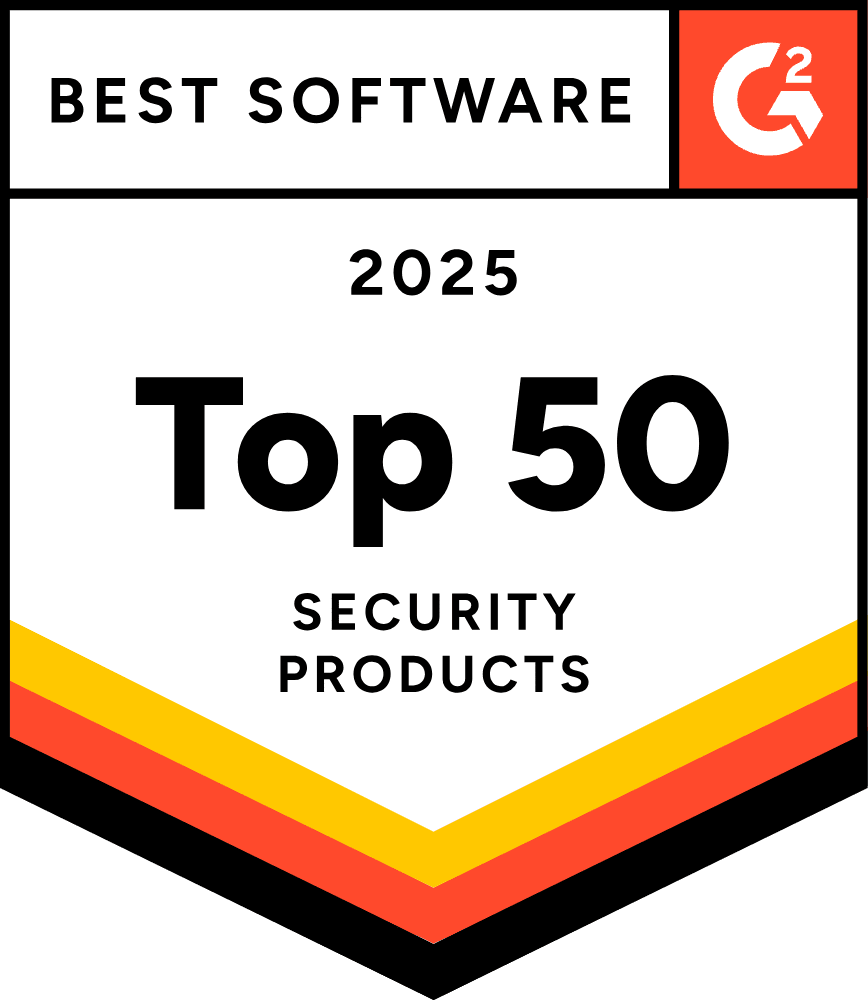
Empower IT professionals to build secure behaviours
Empower IT professionals to build secure behaviours
Cyber security is a prevalent topic in today’s society, with an increased emphasis on fostering a robust security mindset among all members of an organisation, rather than solely focusing on safeguarding digital assets. IT professionals play a pivotal role in this context. Their responsibilities extend beyond strengthening a company’s cyber defence; they also serve as guides for promoting enhanced online security practices among their colleagues.
Recognizing the significance of providing tailored cybersecurity education for IT professionals, SoSafe has developed a comprehensive series of lessons exclusively designed for this audience. Considering their crucial position and influence within the organisation, IT professionals not only face the risk of being targeted by cyber threats but also possess the ability to shape the cybersecurity practices of others. Our objective is to equip them with the necessary knowledge and tools to effectively navigate this intricate landscape.

How can role-based training help to build secure behaviours?
General cyber security training is undoubtedly important. However, the broad approach is often perceived as less relevant by IT professionals, who deal with specific threats and challenges. Our lessons are tailored to sensitize them regarding their daily duties, making the content highly relevant and engaging.
Highlights of our lessons
Our engaging lessons aim to install secure behaviour amongst IT admins and equip them with the knowledge to protect key company accounts. We focus on awareness rather than technicalities. By understanding the risks associated with behaviours such as leaving devices unlocked, clicking links without checking, posting sensitive information online, or noting down login information, IT admins can act as cybersecurity champions within their organisations.
Additionally, we emphasize the importance of secure authentication and protection methods, such as the use of multi-factor authentication (MFA), biometric systems, password managers, and the creation of unique complex passwords.
Furthermore, we demonstrate how IT admins can positively influence non-tech employees towards a more secure behaviour. This includes encouraging a culture of security, being patient and understanding when answering support requests, and explaining the relevance of implemented security measures, such as MFA or secure cloud storage.

How SoSafe can help you to protect your business
By endowing your IT professionals with specialized cyber security awareness training, your enterprise opens the door to a spectrum of substantial benefits, setting the stage for a more secure and robust digital landscape in your organisation.
Firstly, by adhering to best practices for information security, your company will be better equipped to ensure compliance with legal and regulatory requirements. This reduces the risk of penalties, fines, or other legal ramifications.
Secondly, a thorough understanding of asset management and secure behaviour can help to minimize potential costs and losses associated with security incidents. IT professionals, armed with the knowledge of secure patching processes and secure behaviour when working with assets, can prevent data breaches and ensure the integrity of your company’s digital assets.
Finally, our lessons can help to create a culture of cybersecurity awareness within your organisation. IT admins can lead by example, instilling best practices amongst their teams and influencing other employees to adopt secure behaviours.
Investing in cybersecurity awareness training for IT professionals is an investment in the security of your business. Equip your IT team with the knowledge and skills they need to protect your company’s digital assets.
*Existing customers, please note: Introducing these lessons mid-campaign might require modifying your user groups and by doing so impact your analytics. If you want to explore your options for integrating the new modules in your specific setup, please reach out to your Customer Success Manager.





















